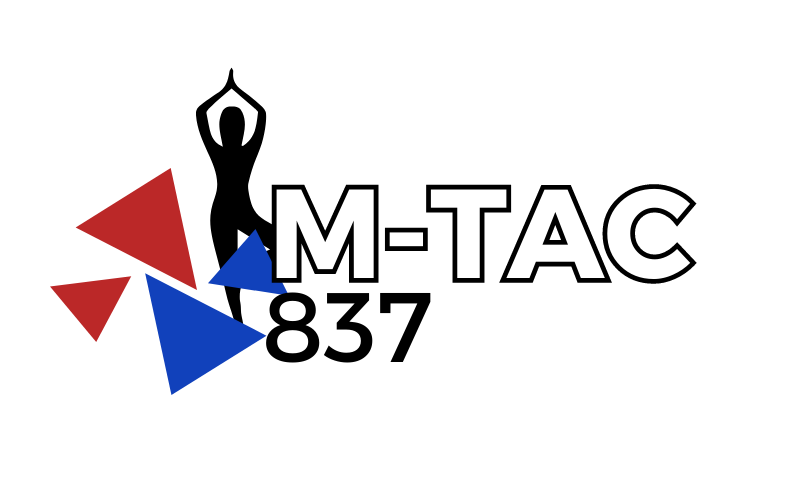In today’s digital age, capturing moments through photography has become easier with the rise of smartphone cameras. While smartphone cameras have made significant advancements in recent years, there are still notable differences between digital and smartphone cameras. This article will compare these two devices and help you determine the right choice for your photography needs.
Image Quality
When it comes to image quality, digital cameras have the upper hand. Most digital cameras feature larger image sensors, which allow for capturing more detail, better low-light performance, and higher dynamic range. These factors contribute to sharper, more vibrant, and professional-looking photos. Digital cameras also offer the option to shoot in RAW format, which provides greater flexibility for post-processing and editing. While smartphone cameras have improved image quality, especially in flagship devices, they still struggle to match the image quality of dedicated digital cameras.
Zoom and Lens Options
Digital cameras typically offer a wide range of lens options, including zoom lenses, prime lenses, and specialized lenses for various photography genres. These lenses allow photographers to achieve different perspectives, focal lengths, and creative effects. In contrast, smartphone cameras usually have fixed lenses with limited zoom capabilities. While some smartphones offer optical zoom or multiple lenses for different focal lengths, the options are still more limited compared to the versatility of digital cameras.
Manual Controls and Shooting Modes
Digital cameras provide extensive manual controls, allowing photographers to adjust settings like aperture, shutter speed, and ISO for precise control over exposure and creative effects. They also offer a variety of shooting modes, such as aperture priority, shutter priority, and full manual mode, which enable photographers to explore their creativity and adapt to different shooting conditions. Smartphone cameras have simplified user interfaces with automatic settings and intelligent scene recognition, making them more user-friendly for casual photographers who prefer point-and-shoot convenience.
Advanced Features and Accessories
Digital cameras often have advanced features and accessories that enhance the photography experience. These may include advanced autofocus systems, image stabilization, built-in flash units, external flash compatibility, and the ability to use additional accessories like filters and external microphones. While smartphone cameras offer features like image stabilization and built-in flash, they generally lack the versatility and customization options digital cameras provide.
Portability and Convenience
One of the significant advantages of smartphone cameras is their portability and convenience. With a smartphone, you always have a capable camera in your pocket, ready to capture spontaneous moments. Smartphone cameras are lightweight and compact and integrate seamlessly with social media and photo editing apps, allowing for instant sharing and editing. Digital cameras, however, are bulkier and require an additional bag or case for transportation. However, this trade-off is justified for photographers who prioritize image quality and the ability to achieve more professional results.
Cost
The overall cost of the camera is a crucial factor to consider. Smartphone cameras are included in the price of the device itself, making them more cost-effective for casual photography needs. On the other hand, digital cameras come in a wide range of prices, depending on the brand, model, and features. While entry-level digital cameras can be affordable, high-end professional cameras can be quite expensive. Additionally, purchasing lenses and other camera accessories can further increase the overall cost of using a digital camera.
Conclusion
In conclusion, both digital and smartphone cameras have strengths and weaknesses. If you prioritize image quality, manual controls, and versatility in photography, a digital camera is the way to go. Ultimately, the right choice depends on your photography needs, budget, and the level of control and quality you desire in your photographs.

